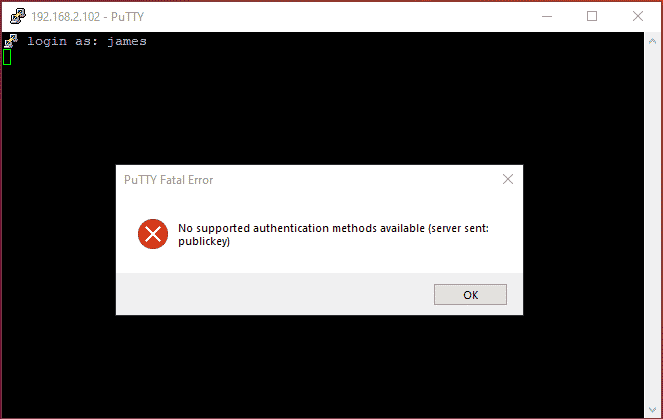
Usually, to grant sudo access to a user you need to add the user to the sudo group defined in the sudoers file. If you spend a lot of time on the command line, sudo is one of the commands you will use on a frequent basis. If the settings are correct, you should be switched to the root user without having to provide a password.Īlthough it’s possible to enable passwordless sudo for all Linux users, we do not recommend it for security reasons. The sudo command allows trusted users to run programs as another user, by default the root user. To test that the settings have been applied, connect to your server via SSH using the passwordless sudo user and run the following command: sudo -i Create a new file located here: /etc/sudoers.d/ ALL=(ALL) NOPASSWD:ALL Start by editing the sudoers file with the command: sudo. You could run visudo and modify the core sudoers file, but a better option on Ubuntu 22.04 is to add a new configuration file to the /etc/sudoers.d/ folder. To set up password-less sudo, all we need to do is edit the sudoers file and add a few entries. Using a sudo user, connect to the server via SSH. If you see the following error, you need to enable passwordless sudo for the specified Linux user.


Display current sudo privilege for your user.
Passwordless sudo password#
If you see the following error, you need to enable passwordless. Steps to use sudo without password in Linux: Launch your favorite terminal application. The SSH user requires root privileges and must be able to run sudo commands non-interactively. The SSH user requires root privileges and must be able to run sudo commands non-interactively.

This is a Linux user that will be used by SpinupWP to connect to the server and set it up. If you’ve provisioned a server at your provider and are connecting it to SpinupWP, you will be asked to specify an SSH user.


 0 kommentar(er)
0 kommentar(er)
